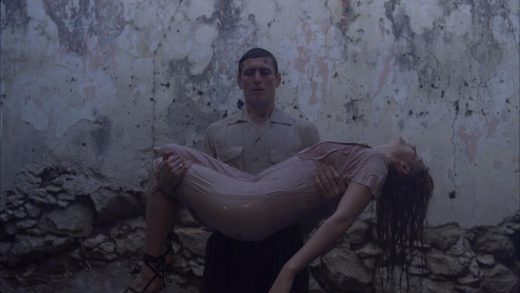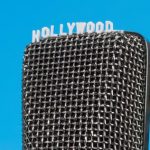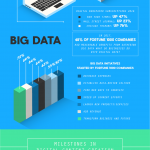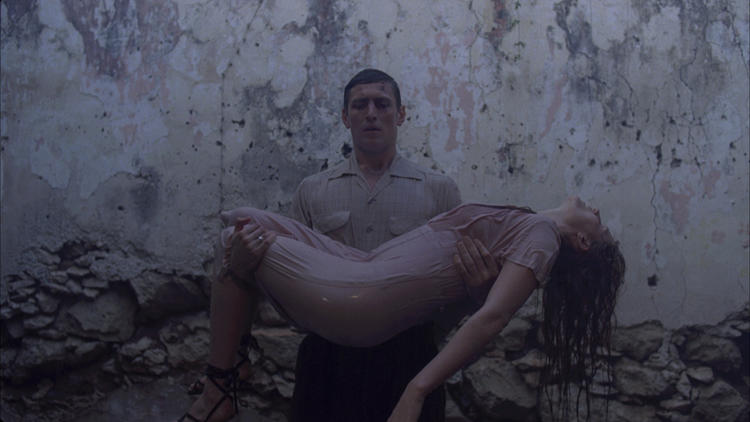Meet The Director Who Turned Down Beyoncé To Rebrand Florence + The Machine
When you hear the term “visual album,” it’s hard not to imagine Beyoncé traipsing about the streets of New Orleans destroying everything in her wake or decimating the existence of a certain female with a certain quality of hair.
For two drops straight, Queen Bey has bogarted headlines with Beyoncé and Lemonade, billing them as “visual albums” in which she marries most, if not all, the tracks of an album with a visual narrative. The concept of a visual album is nothing new, of course: A Hard Day’s Night by the Beatles, The Wall by Pink Floyd, Purple Rain by Prince, ODDSAC by Animal Collective, Biophilia by Björk, and Runaway by Kanye West are just a few that have come before the dawn of Beyoncé’s take on the genre.
Given its history, one would think there’d be more visual albums in lieu of the traditional route of singles paired with one-off videos. Especially now, there’s something about the visual album that satisfies the insatiable hunger for all things binge-watchable. But the fact is, for as much as an international megastar like Beyoncé has done to bring visual albums to the forefront, they’re still a risk most labels don’t want to undertake, which can be a frustrating logjam of creativity for a music video director like Vincent Haycock.
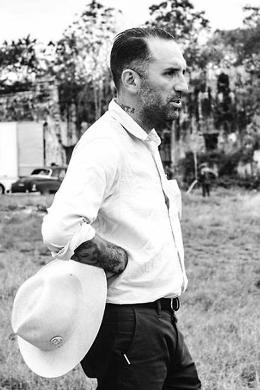
Granted, not every album warrants a short film structure, but there are those artist whose music and style can benefit from a visual album.
“I’ve been thinking about wanting to do all the videos for an artist for a long time,” Haycock says. “Like with Lana Del Rey, I was the first [director] in before the album [Ultraviolence] had come out, and I’d always bring it up and then a lot of people shy away from it—nobody really had the balls or foresight to commit to it.”
Haycock finally fulfilled his wish to do a visual album, collaborating with Florence + The Machine on The Odyssey, a short that dives into the album How Big, How Blue, How Beautiful. The Odyssey has been released as chapters over the past year and recently screened in its entirety in London and New York City. It’s an emotional slog through the wreckage of a relationship and the quest to become whole again, all of which is the product of a very real breakup singer Florence Welch battled through.
“She would express to me what the songs were about, where her head’s at, the intangible ideas behind the songs, and the emotional notes that it hits for her and then let me do my thing,” Haycock says. “She let me guide the ship, so to speak, and would chime in when she felt like something needed to be addressed. When you have two people that trust in each other—I trust that she’s going to perform right, and she trusts that I’m not going to make dumb ideas—when you’re in that collaboration, everybody is really happy with the results.”
The Beginning of ‘The Odyssey’
Haycock first met Welch while he was working on a series of videos for DJ/producer Calvin Harris. After linking together for Harris’ single “Sweet Nothing” featuring Welch, Haycock and Welch went on to do the video “Lover to Lover” from Florence + The Machine’s 2011 album Ceremonials. Welch became somewhat of a muse for Haycock—her pliability of switching between two very different campaigns showed not only range, but one of Haycock’s top principles: commitment. A few years later, Haycock was brought on board to helm The Odyssey.
“I get inspired by the music and then think about what type of person they are and incorporate them creatively into it as if they were an actor,” Haycock says. “I think Florence’s music is incredibly narrative so when I heard the first song, I was like, would you be up for me doing the entire album as a concept album where we create a world and we stay within that world and every video is a chapter? And she was totally into it. I can’t even think of one other person out there, maybe Björk, who could actually pull off The Odyssey because [Welch is] so dimensional—she’s super feminine and super masculine, very strong and then very sensitive. Not a lot of singers have that energy to them. With The Odyssey, I just knew she could pull it off so when I was writing it, it was like, let’s just go for it.”
“Rebranding” Florence + The Machine
The Odyssey isn’t just a visual album—the aesthetics and tone of the film has trickled down to Welch’s live shows, wardrobe, and overall presence. Welch mentioned in an interview with Rolling Stone that producer Markus Dravs had a heavy hand in convincing her to be more honest and raw on How Big, How Blue, How Beautiful. Coincidentally, Haycock began conceptualizing the same approach for The Odyssey while Welch was still writing the album.
“I think it’s a more naturalistic, more personal version of Florence. It wasn’t like Ziggy Stardust and she took on a completely different persona,” Haycock says. “When we did ‘Lover to Lover,’ she was very much not the person she was in all the other videos she was doing at the time. She was stripped down, not wearing loads of makeup or crazy haircuts or big flowing gowns. Before she would wear not costumes but very elaborate wardrobe—she had a very distinct style. I really felt like it was better to go more natural, no separation between the singer and who she is in real life, like keep it a more honest portrayal and she was doing the same thing [in her music].”
That ground-up approach to The Odyssey is how Haycock does his best work—in order for him to deliver as a director, he needs to get to know the artist on a personal level to mesh his vision with theirs—which is precisely why he turned down Beyoncé’s Lemonade.
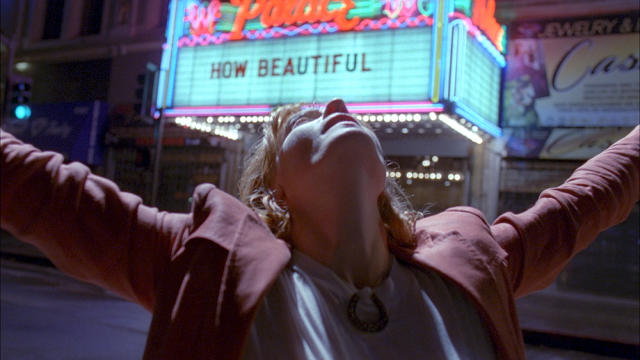
Passing on “Lemonade”
Beyoncé’s secrecy game is certified CIA-level. Dropping albums out of the clear blue, steering clear of interviews for more than two years—the woman has found a way to say just enough without saying much at all, a tantalizing waiting game for some but a major red flag for others.
“I got asked to do some of the videos on Lemonade and turned them down because I couldn’t imagine doing Florence videos and Beyoncé videos side-by-side,” Haycock says. “And I didn’t know it was for a whole visual album—they didn’t really tell all the directors. I was in a mindset of not wanting to be a guy who steps in to do a one-off video for an artist, that doesn’t get a chance to meet the artist and really spend some time nurturing an idea with them. I would love to work with Beyoncé and her team because she’s a huge pop star and I think she’s really interesting. I find that if we can spend some time and hang out and let an idea mature together and then shoot it with a lot of passion then, yes, of course I’d love to do a video with anyone who’s down for that.”
The hush surrounding what became Lemonade gave Haycock a fuzzy view of what to expect, as opposed to The Odyssey, where there was a transparent vision of the visual album.
“The pointed difference is I don’t know if [Beyoncé and her team] knew what the outcome of their visual album would be. I think a lot of directors shot stuff and they kind of pieced it all together into an album,” Haycock says. “We had to be a little flexible with where [The Odyssey] went, but we knew where the ending would be. It was all inspired by her real life, so we knew the beginning. We had ‘What Kind of Man’ and then we knew where it would end, and in the middle we let the music lead the way.”
Haycock doesn’t seem too broken up about missing out on the Lemonade movement. It’s not as if he didn’t sense something big was in the works—it is Beyoncé we’re talking about here. But what takes precedent for Haycock, even over the likes of Queen Bey, is full-on, top-down collaboration. Without that, it’s a breeding ground for toxicity.
“So many times you step on set and you’ve never met the artist. Anytime a director is working with a musician on a deeper level where they’re really committed to each other, it’s a more honest process—it’s going to be better, more interesting work,” Haycock says. “I was reassured [while making The Odyssey] to only do videos for people that really want me to do the video and really want to take time to get to know each other and collaborate in a way that you’re not just hired by the label and the artist is kind of like, oh whatever. The downside of this industry is that a lot of times people get forced together that aren’t necessarily right for each other or aren’t excited to be working together.”
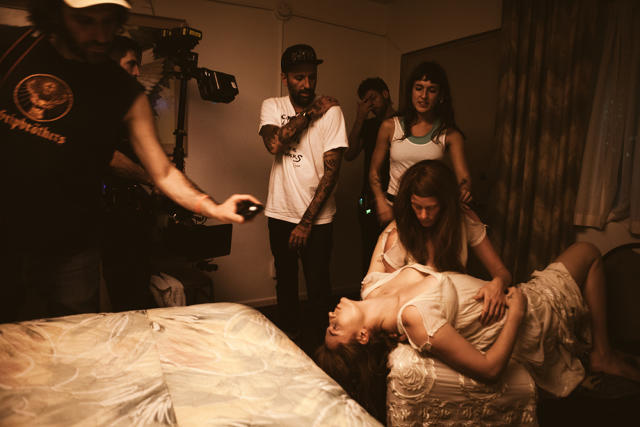
The Future of Visual Albums
Despite the critical and commercial success of projects like Lemonade and The Odyssey, Haycock doesn’t see visual albums becoming the norm anytime soon. Convincing an artist that it would be worth the time, effort, and expense is one thing—convincing that label is a different beast altogether.
“Record labels release a single, and if that single does good, then they put a bunch of money behind the second single, and if that single does good, then they do a third single and a fourth and usually it sort of dies out. We did 9 songs off an 11-song album, so most of those songs weren’t singles. And I think that’s the problem,” Haycock says. “You’re not going to see a lot of visual albums happen even though it might be a trend. You’re only going to see it with people like Beyoncé or Florence who are so established that their fans and the record label will support something like that because it’s really tough. I would love to see more, but I think the process of it and how it works for the structure of the record label is really prohibitive. You basically have to have an artist that’s like, I want to do this visual album and you can’t tell me otherwise.”
Watch the full version of The Odyssey here.
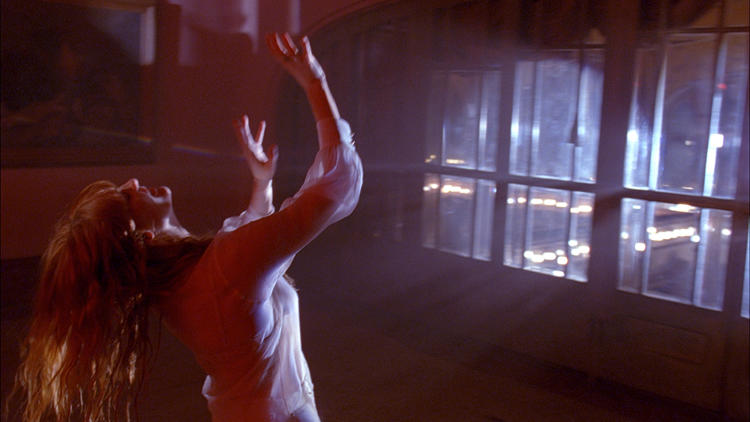


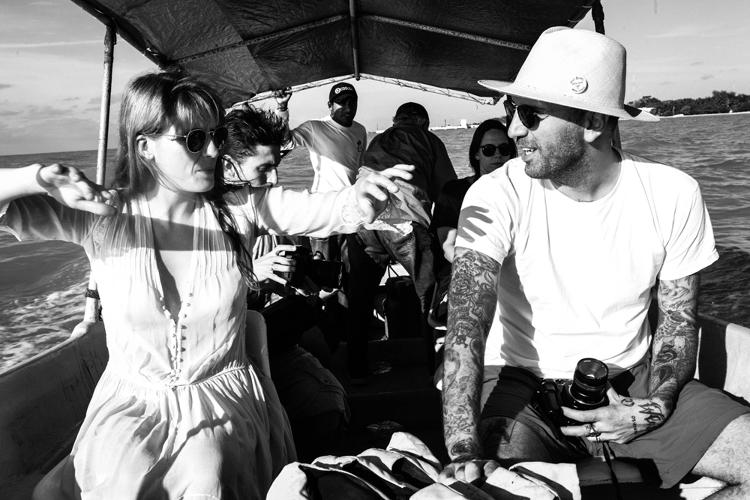

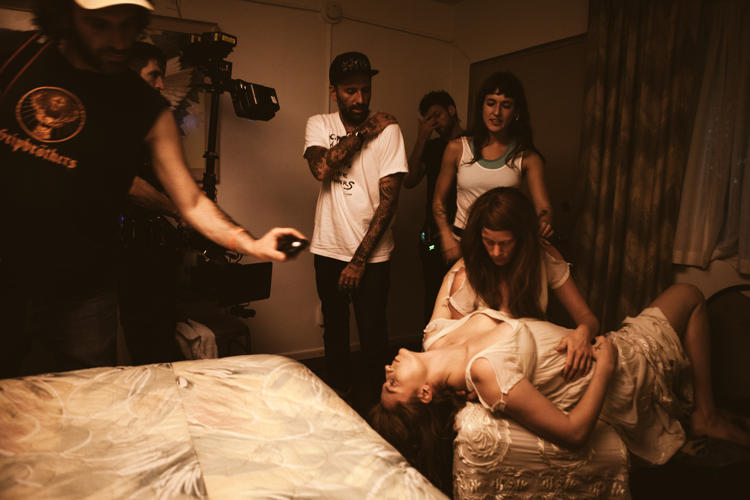
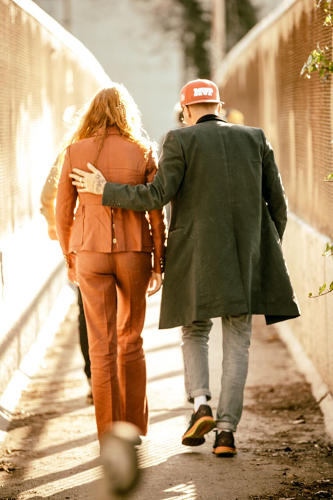
Fast Company , Read Full Story
(36)

